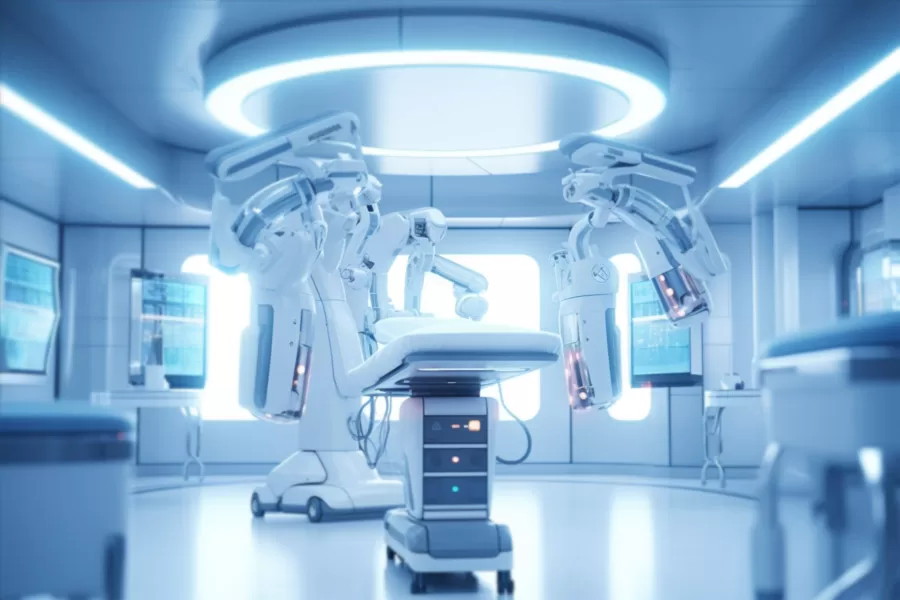Understanding the cutting-edge approaches in the medical field, particularly robotic surgery, is crucial. This form of minimally invasive surgery has become a go-to option for kidney and prostate procedures. Let’s delve into the intricate world of robotic surgery, focusing on kidney and prostate treatments.
Robotic Surgery: A Paradigm Shift in Medical Procedures
Robotic surgery is transforming the conventional ways of treating patients. Through this advanced technology, surgeons can perform complex procedures with unprecedented precision and minimal invasiveness. It integrates robotic technology with the surgeon’s expertise, providing a seamless operating experience.
The Prominence of Robotic Surgery in Kidney and Prostate Procedures
Robotic surgery’s application in kidney and prostate treatments is gaining momentum. Its high level of precision makes it an excellent choice for these intricate operations.
Robotic Kidney Surgery: Making Kidney Treatments Safer and More Efficient
Robotic kidney surgery has proven to be instrumental in treating various kidney diseases. Surgeons leverage robotic technology to perform both partial and total nephrectomies with remarkable precision.
Robotic Prostate Surgery: A Leap Forward in Prostate Cancer Treatment
The fight against prostate cancer has found a formidable ally in robotic prostate surgery. This procedure, also known as robot-assisted laparoscopic prostatectomy (RALP), allows the surgeon to remove the prostate gland with high accuracy, thus reducing the chances of side effects and complications.
The Mechanics of Robotic Surgery: An Interplay of Technology and Surgical Skill
Robotic surgery employs a surgeon console, robotic arms, and high-definition 3D vision to perform procedures. The surgeon’s movements at the console are translated into precise actions by the robotic arms, leading to a highly controlled and efficient surgical process.
The Surgeon Console: The Surgeon’s Command Center
The surgeon console is the control center of robotic surgery. It provides a 3D view of the surgical field, enabling the surgeon to operate with a clear, magnified view.
Robotic Arms: Extensions of the Surgeon’s Skill
Robotic arms translate the surgeon’s movements into precise surgical actions. They can mimic human wrist motion, offering a wide range of motion and surgical accuracy.
High-definition 3D Vision: A Clear Perspective for Precise Actions
The high-definition 3D vision offers the surgeon an in-depth view of the surgical field. This feature not only enhances precision but also improves spatial awareness during surgery.
The Benefits of Robotic Surgery: Improving Patient Outcomes
Robotic surgery offers numerous benefits over traditional open surgery. These include smaller incisions, reduced blood loss, less pain, quicker recovery, and decreased hospital stays.
Minimal Scarring: Less Invasive, More Aesthetic
Robotic surgery involves making small incisions through which the robotic arms operate. This results in minimal scarring post-surgery, enhancing the aesthetic outcome.
Shortened Recovery Time: From Hospital to Home Faster
Patients undergoing robotic surgery typically experience a shorter recovery time. This means quicker return to daily activities, less postoperative discomfort, and reduced dependency on pain medication.
Lower Risk of Complications: Safety First
With smaller incisions and high precision, robotic surgery reduces the risk of surgical complications, such as infections and bleeding.
In conclusion, robotic surgery is revolutionizing kidney and prostate procedures. This technologically advanced, minimally invasive surgical technique improves patient outcomes, making it a preferred choice for many. As we continue to explore its potential, the future of kidney and prostate treatments looks increasingly promising.

